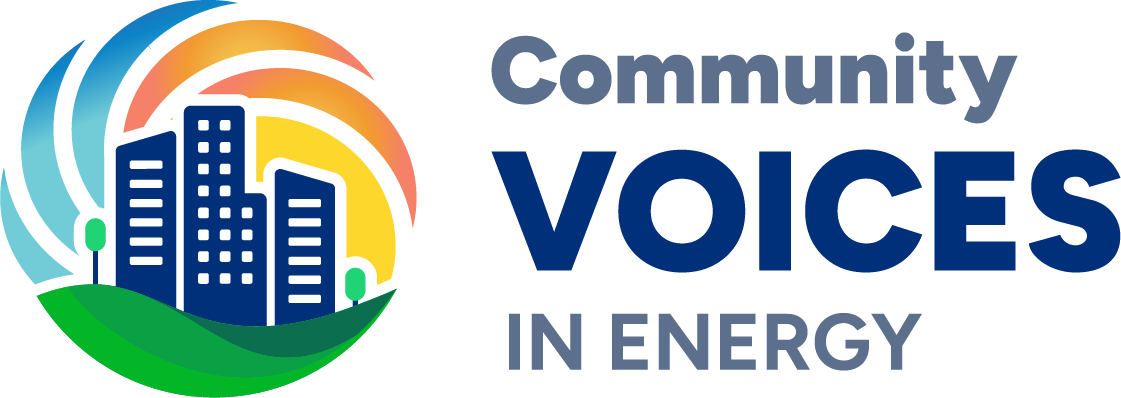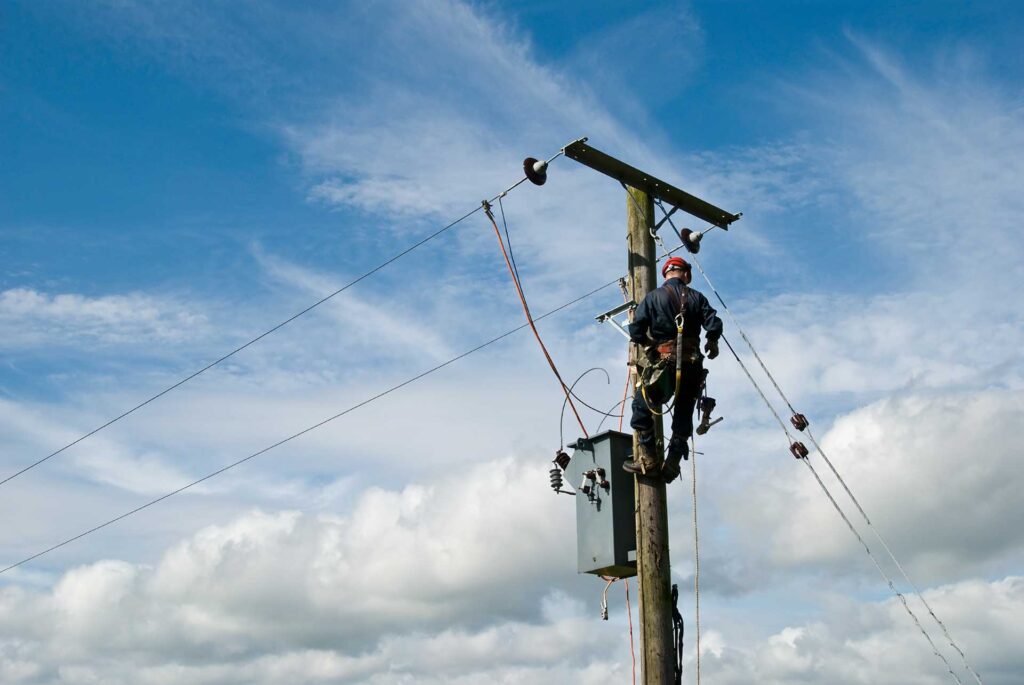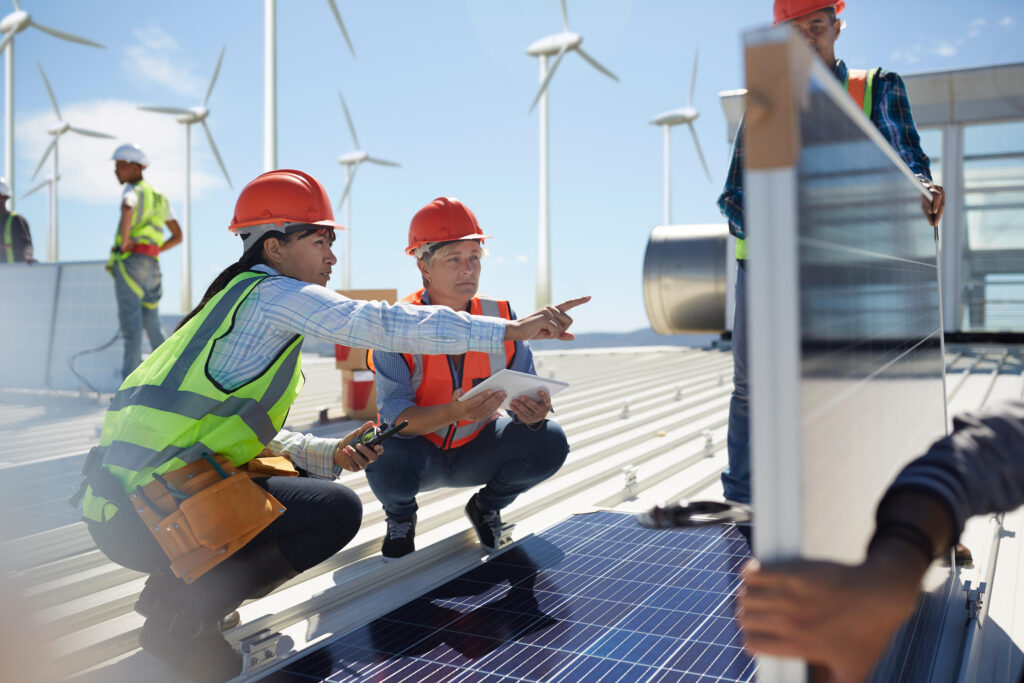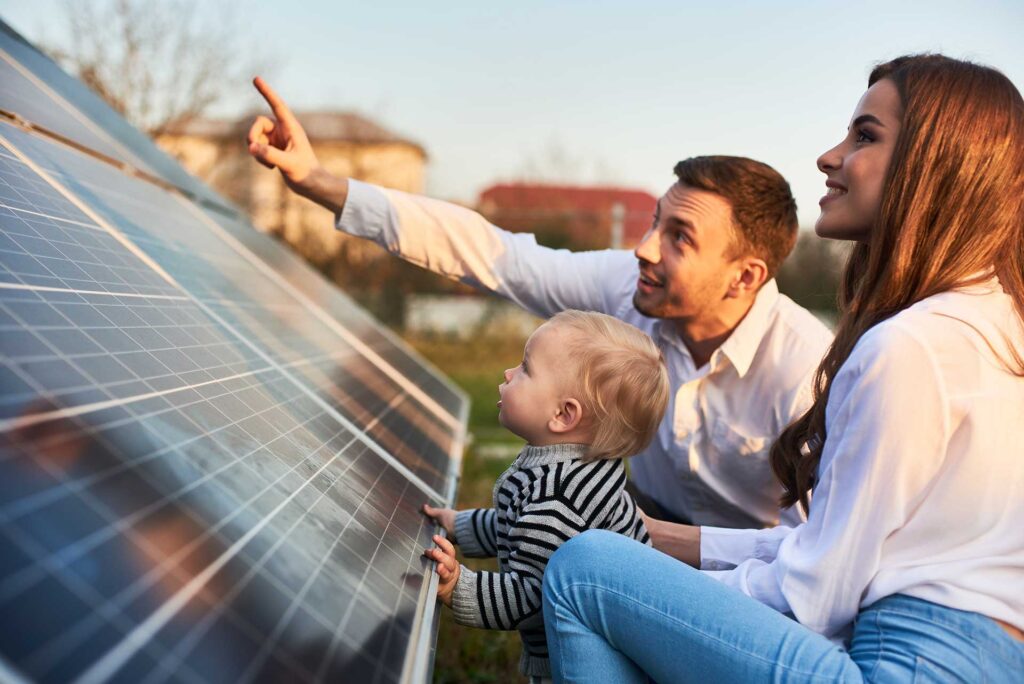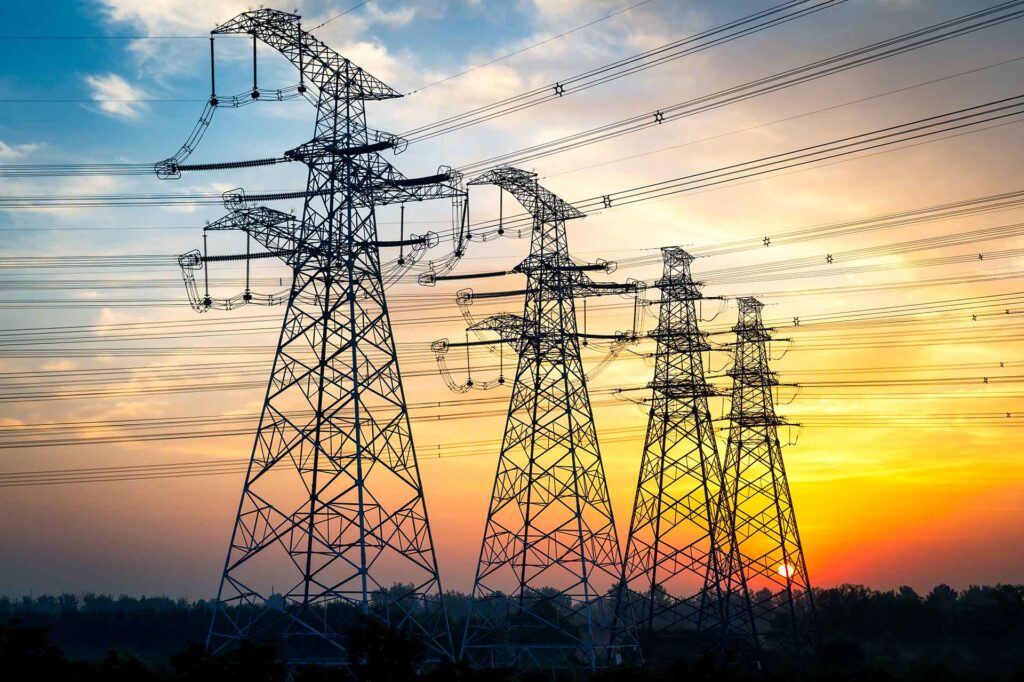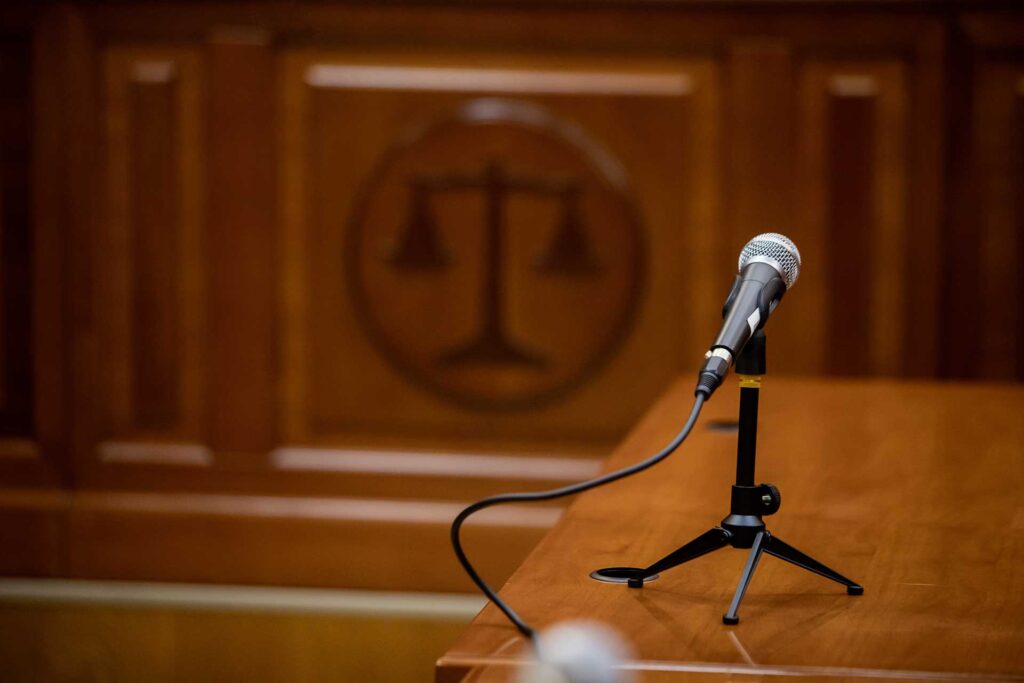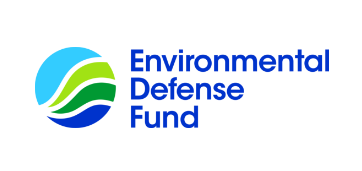About the Toolkit
Frontline, BIPOC, and low-income communities have historically been excluded from energy regulatory and legal decision-making spaces that directly impact their quality of life. Not only are these communities intentionally shut out of the complex legal system governing enormous energy decisions, but when they do get involved, their expertise is often relegated to arenas with less authority and weight, such as public comments that are not a part of the legal record on which decisions can be made. Energy decision makers have historically relied on a narrow definition of ‘expert’ that silences community voices. It does not have to be this way.
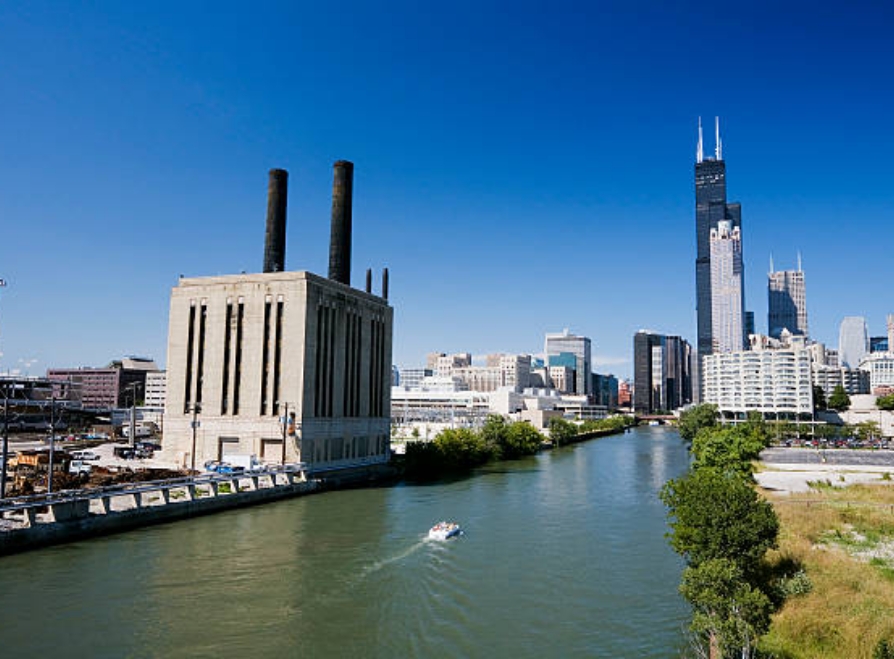
Learn about the issues.
How do energy decisions impact communities?
Energy is a life-essential service, but access to reliable energy is not equitable today. Furthermore, communities located near polluting power plants experience harmful consequences to their health — such as high rates of asthma and lung disease — as well as to their wealth, including lowered property values and spiking energy rates. Additionally, energy is among the largest sources of man-made climate pollution in the world, and energy decisions that harm the climate contribute to extreme weather, heat and other harmful effects. What’s more, the energy industry is an economic driver, employing millions of Americans. Conversely, energy unaffordability that forces households to forego other essentials, keep their homes at unsafe temperatures, or even live without electricity or heat due to disconnections, can be a tipping point for health and wealth. Energy is foundational for our everyday lives.
Why is energy more reliable for some people than others?
Research has shown that some distribution utilities historically invest more in wealthier neighborhoods and underinvest in low income neighborhoods. As a result, low income communities experience more blackouts, slower repairs and less reliable service — even though they pay the same rates as wealthier community members for the gas and electricity they use.
Who will get to participate in a new green economy?
In an equitable energy system, communities — including low-income and traditionally marginalized communities — should have a voice in their energy system, a role in shaping energy decisions, and economic participation in the benefits. As we transition to a cleaner energy future, communities’ perspectives must be duly recognized, and communities must receive a just and equitable distribution of benefits.
How can we make sure the energy of the future is affordable to all?
Energy regulators have a moral — and, increasingly, a legal — obligation to ensure that energy systems are fair, beneficial and healthy to all communities, and that new investments are not only equitable across the entire customer base but also serve to remediate the social, economic, and health burdens placed on marginalized communities by energy systems in the past. With the clean energy transition at our doorstep, now is the time to do things differently.
Formación
The trainings below explain the basics of public utility regulation, the regulatory process, trends in energy and the clean energy transition. They provide foundational knowledge for participating in a public utility commission case and for developing testimony.
Testimonios
Los testimonios de muestra han sido presentados a las comisiones de servicios públicos en casos reales de tarifas. Estos testimonios ilustran el tipo de información que suele incluirse en un testimonio, así como el tono y el estilo que resultan eficaces con los reguladores.
Nuestros expertos
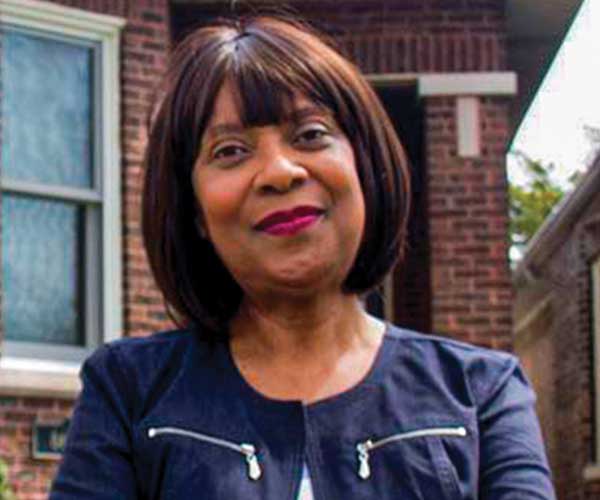
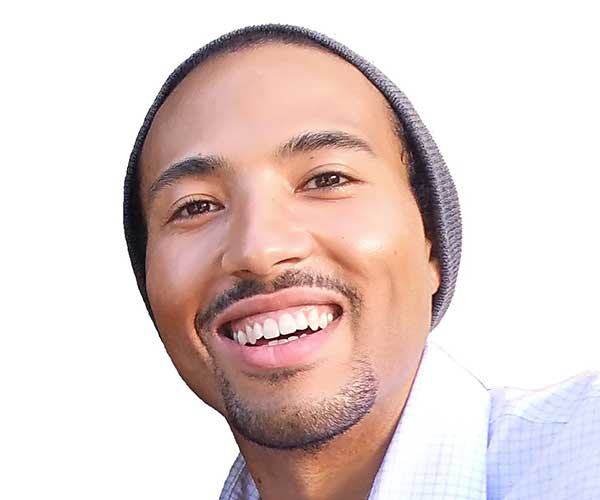
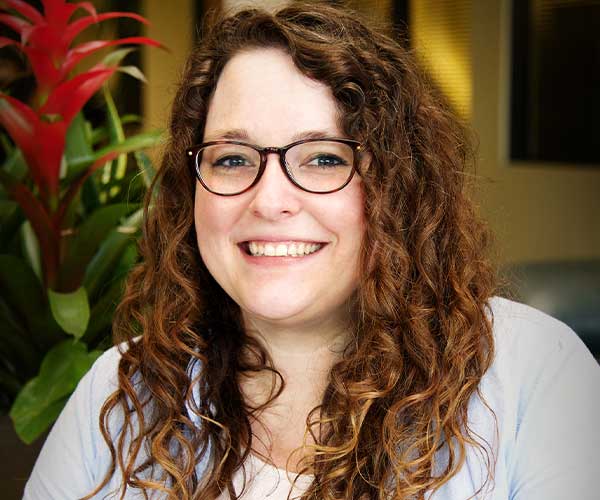
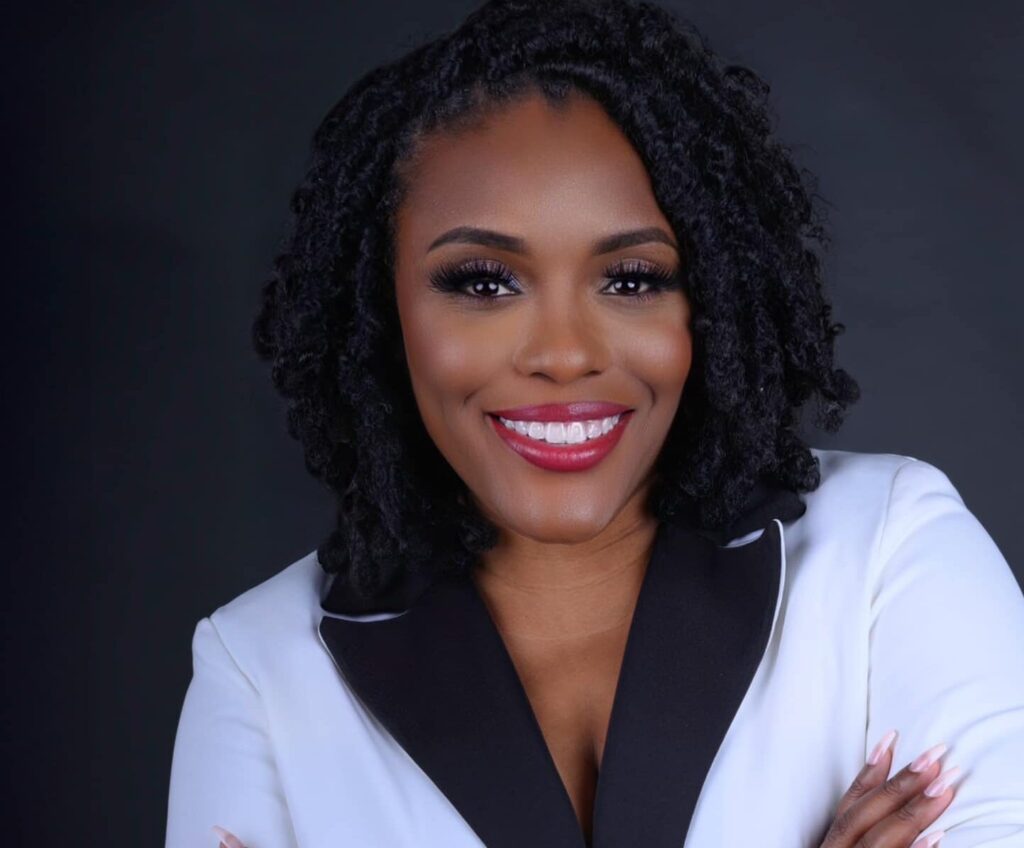
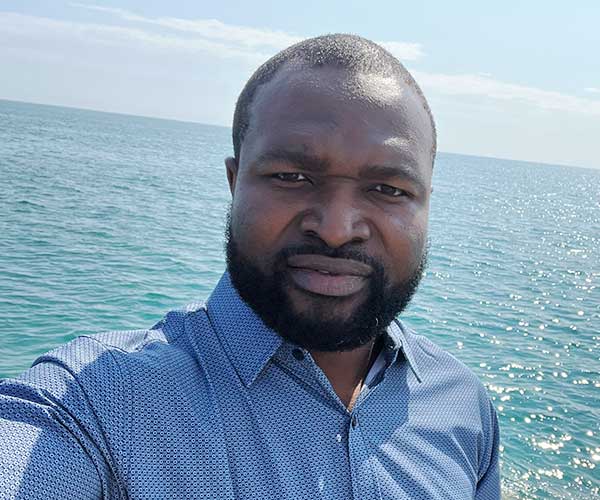
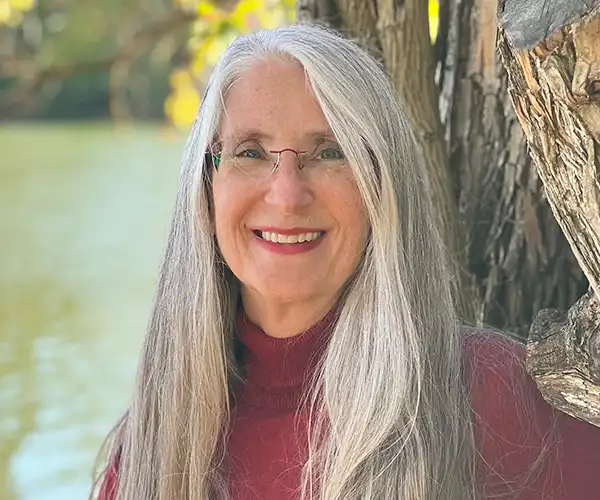
Dawn Dannenbring is the Lead Organizer for Illinois People's Action where she organizes on environmental justice issues. Current work focuses on (1) ensuring Climate and Equitable Jobs Act (CEJA) implementation occurs in a racially just way and (2) fighting false solutions that would weaken CEJA and its goals of building out renewable energy leading with racial equity.
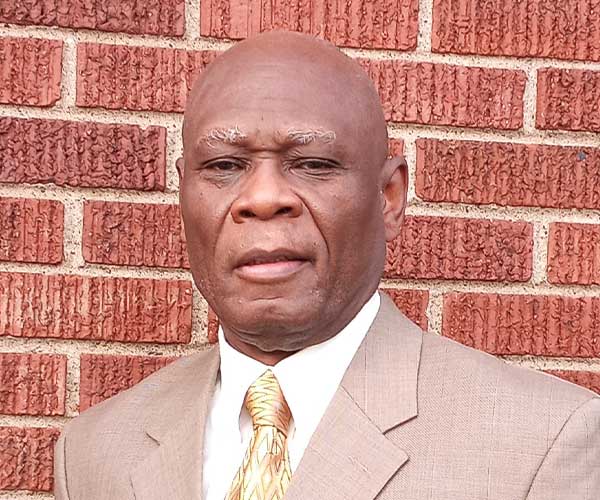
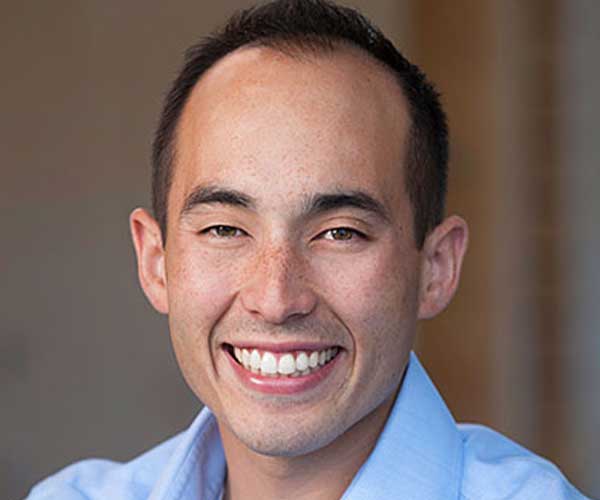
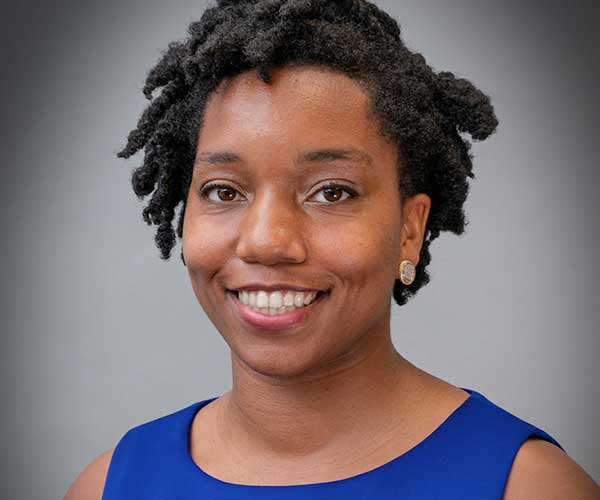
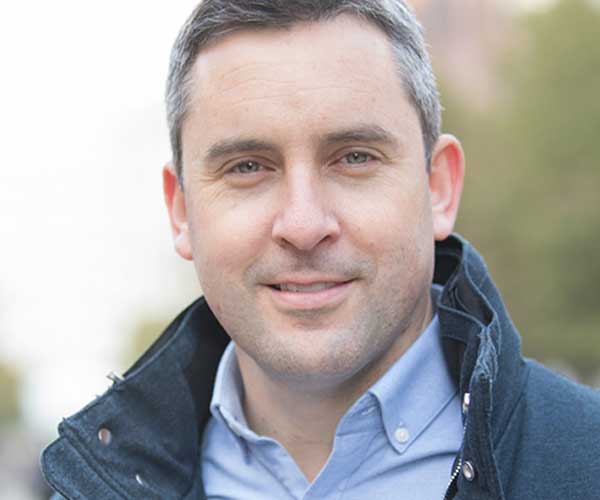
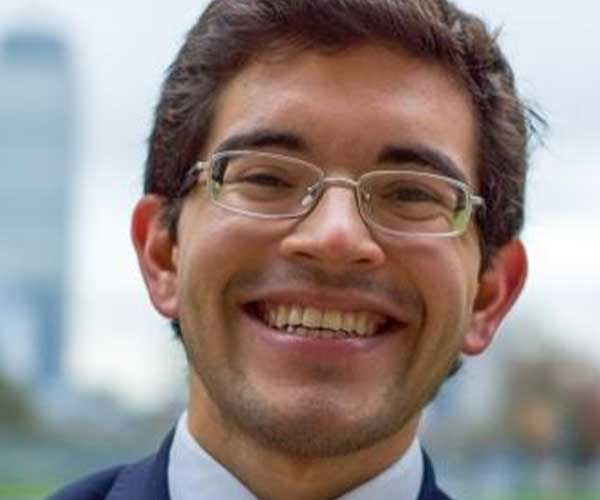
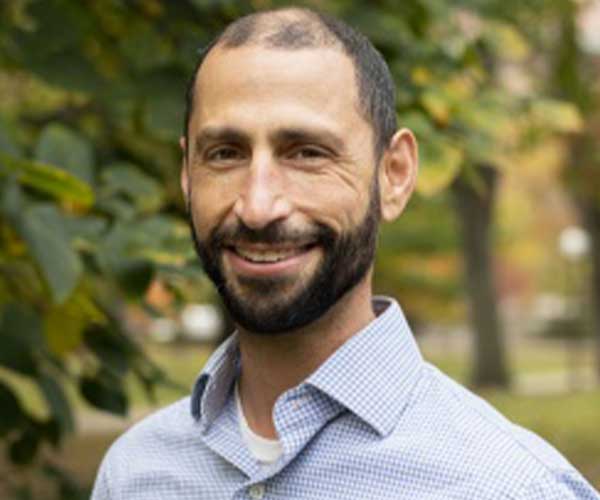
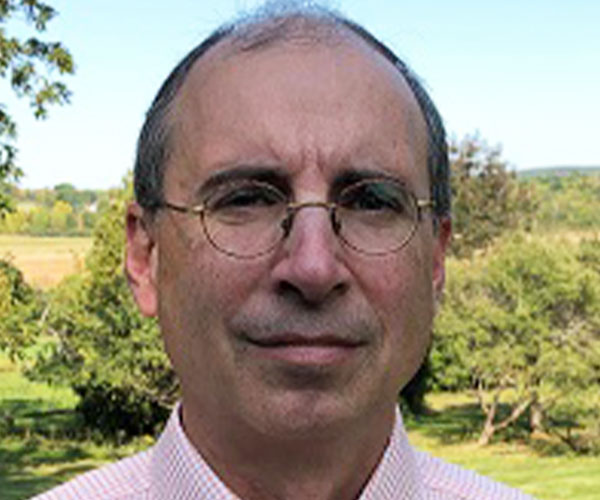
Chris Neme is a Principal of Energy Futures Group (EFG), a clean energy consulting firm with staff in Vermont, New York, North Carolina, and Colorado. During his more than 25 years in the industry, Chris has helped clients in 30+ states, 7 Canadian provinces and several European countries with a variety of energy efficiency, demand response, strategic electrification and other distributed energy resource programs and policies. He has also critically reviewed state and utility decarbonization studies and plans, supported the development of Clean Heat Standards in several states, developed recommendations for consideration of non-wires and non-pipe alternatives to electric and gas utility distribution system investments, and co-authored the National Standard Practice Manual for Benefit-Cost Analysis of Distributed Energy Resources. Chris has filed expert witness testimony on a range of issues in more than 75 cases before thirteen different state and provincial public utility commissions.
Many public utility commissions also have other ways to get involved, including: public comment (written or oral), workshops, and the opportunity to ask for a meeting with decision-makers and their staff.
